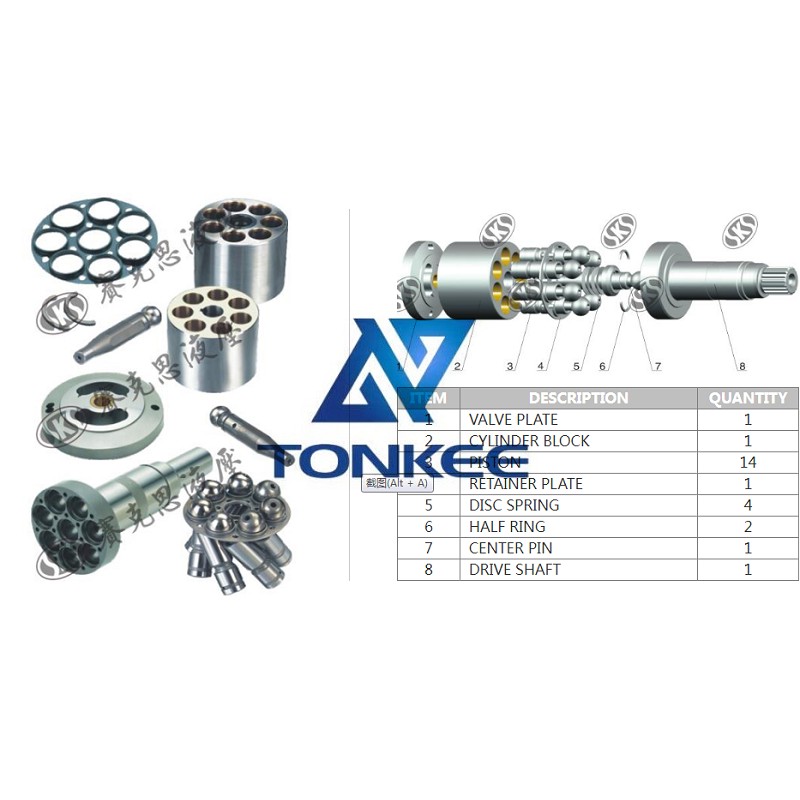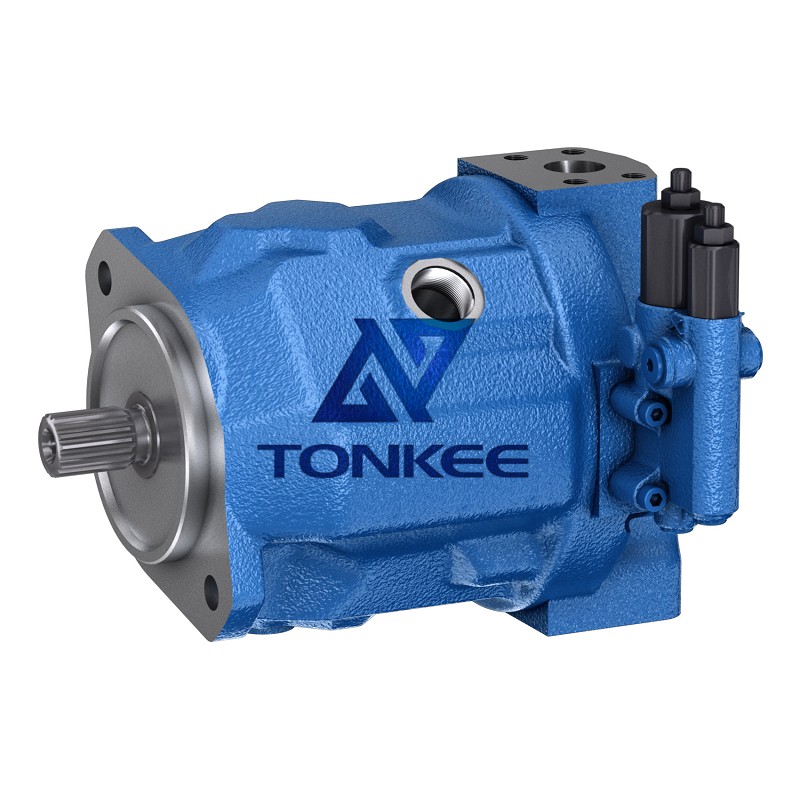
Performance:
The A2F1000 pump offers exceptional power density, delivering high-pressure capabilities and high volumetric efficiency.
It provides smooth and precise control, ensuring optimal performance in various operating conditions.
The pump has a reliable piston design that enables it to handle heavy loads and operate efficiently even under demanding applications.
Construction:
The A2F1000 pump features a robust construction with high-quality materials, ensuring durability and longevity.
It incorporates precision-machined components to guarantee tight tolerances and minimize internal leakage.
The pump's design incorporates advanced sealing technology, reducing the risk of fluid contamination and leakage.
Hydraulic Fluid Compatibility:
The A2F1000 pump is compatible with a wide range of hydraulic fluids, including mineral oils, biodegradable fluids, and synthetic fluids.
It offers excellent resistance to fluid degradation and ensures consistent performance over extended periods.
Operating Parameters:
The A2F1000 pump operates at a maximum pressure of [insert maximum pressure] and a maximum speed of [insert maximum speed].
It provides a displacement of [insert displacement] per revolution, allowing for precise control of fluid flow.
The pump is capable of handling a wide range of temperatures, making it suitable for both hot and cold environments.
Mounting Options:
The A2F1000 pump offers versatile mounting options, allowing for easy integration into various hydraulic systems.
It can be mounted in vertical or horizontal orientations, providing flexibility in installation.
Maintenance and Serviceability:
The pump is designed for ease of maintenance, with accessible components and straightforward disassembly procedures.
It incorporates replaceable wear parts, reducing downtime and maintenance costs.
Tonkee® provides comprehensive service and support, including spare parts availability and technical assistance.
Environmental Considerations:
The A2F1000 pump complies with environmental regulations and standards, minimizing its impact on the environment.
It incorporates efficient design features to reduce energy consumption and optimize overall system efficiency.





 English
English português
português Русский язык
Русский язык










